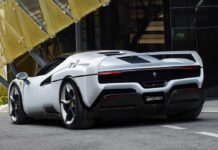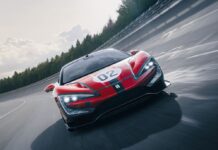The 1950’s is oft quoted as being one of the great eras of motor racing. From a driver exhilaration point of view this is hard to dispute as whilst there’ve been other great eras, the ‘50s was when the glorious front engined cars and drivers held centre stage.
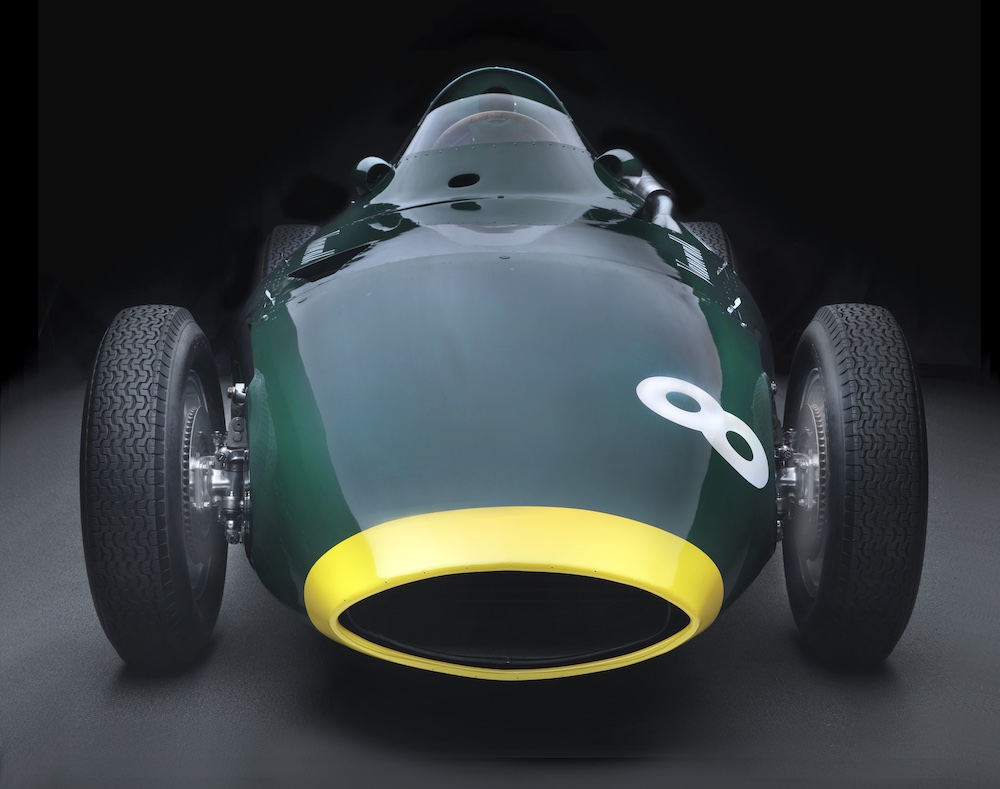
My Story, as the only legal EU race car Vanwall brand owner, has been covered before. Today though let’s focus from the cockpit with our feet on the pedals, hands on the wheel plus above all, the seat of the pants feeling these great cars communicated. Add in a glorious soundtrack, the visual bombardment plus fear of leaving the tarmac….what’s not to like?
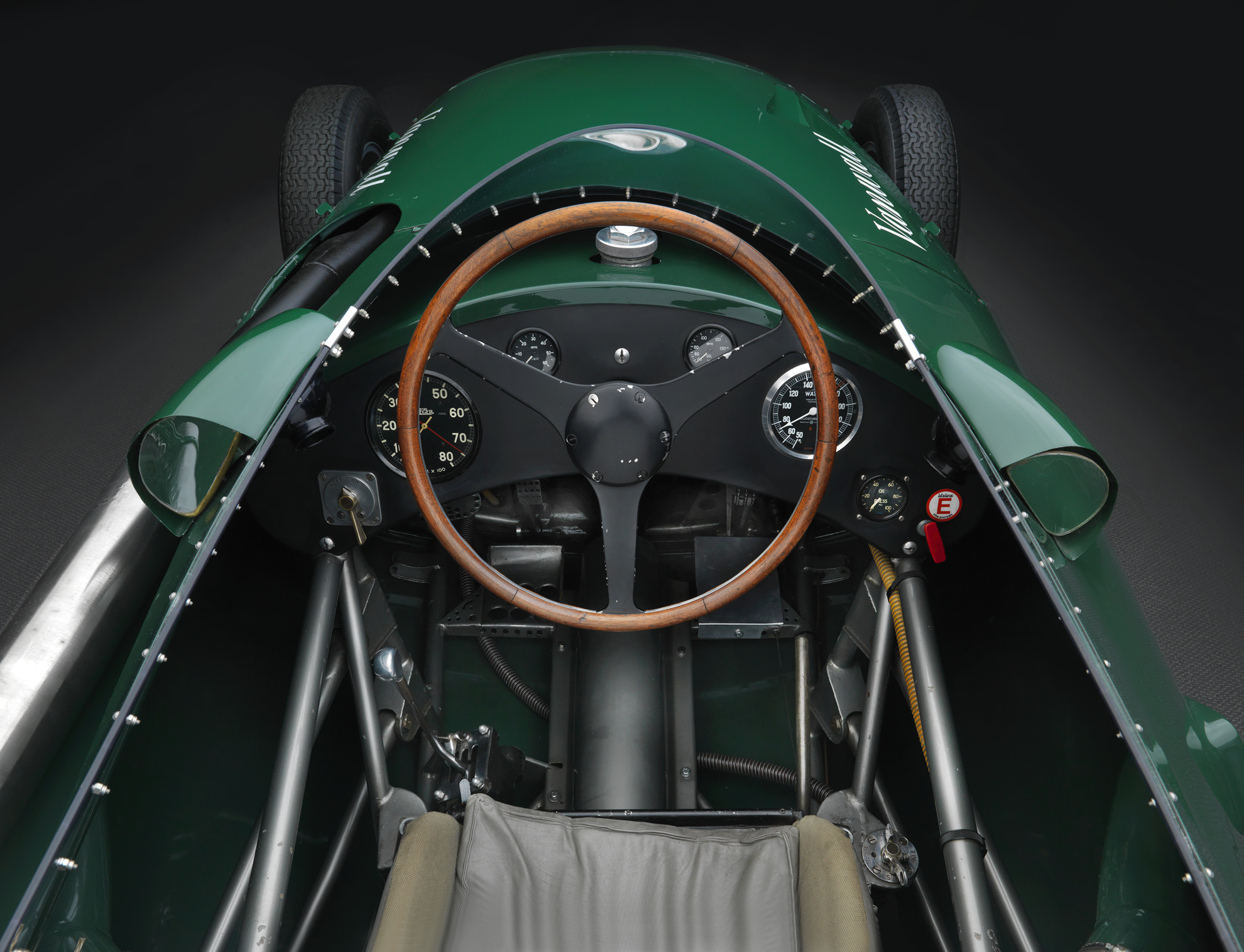
My own experience of open cockpit has mostly come from the crazy world of ‘Offshore Circuit Racing’, simple 6 metre monohull boats where safety is essentially the lifejacket and helmet, there’s nothing else when things go awry. 80mph to zero in a couple of metres is bad enough, then you might drown. But at least you’re by the seaside.
Open Wheel Joy
Take a quick look, it hurts!
Back to four wheels and the mighty Vanwall. I thought at this point perhaps it best to go straight to a track – testers view from last century of a 1958 Vanwall, in this instance the legendary and highly respected Willie Green who drove it in 1983 for a Classic and Sports Car magazine feature. To quote Willie:
“The first thing I have to say is the standard of engineering is the finest I have ever seen, bar none”.
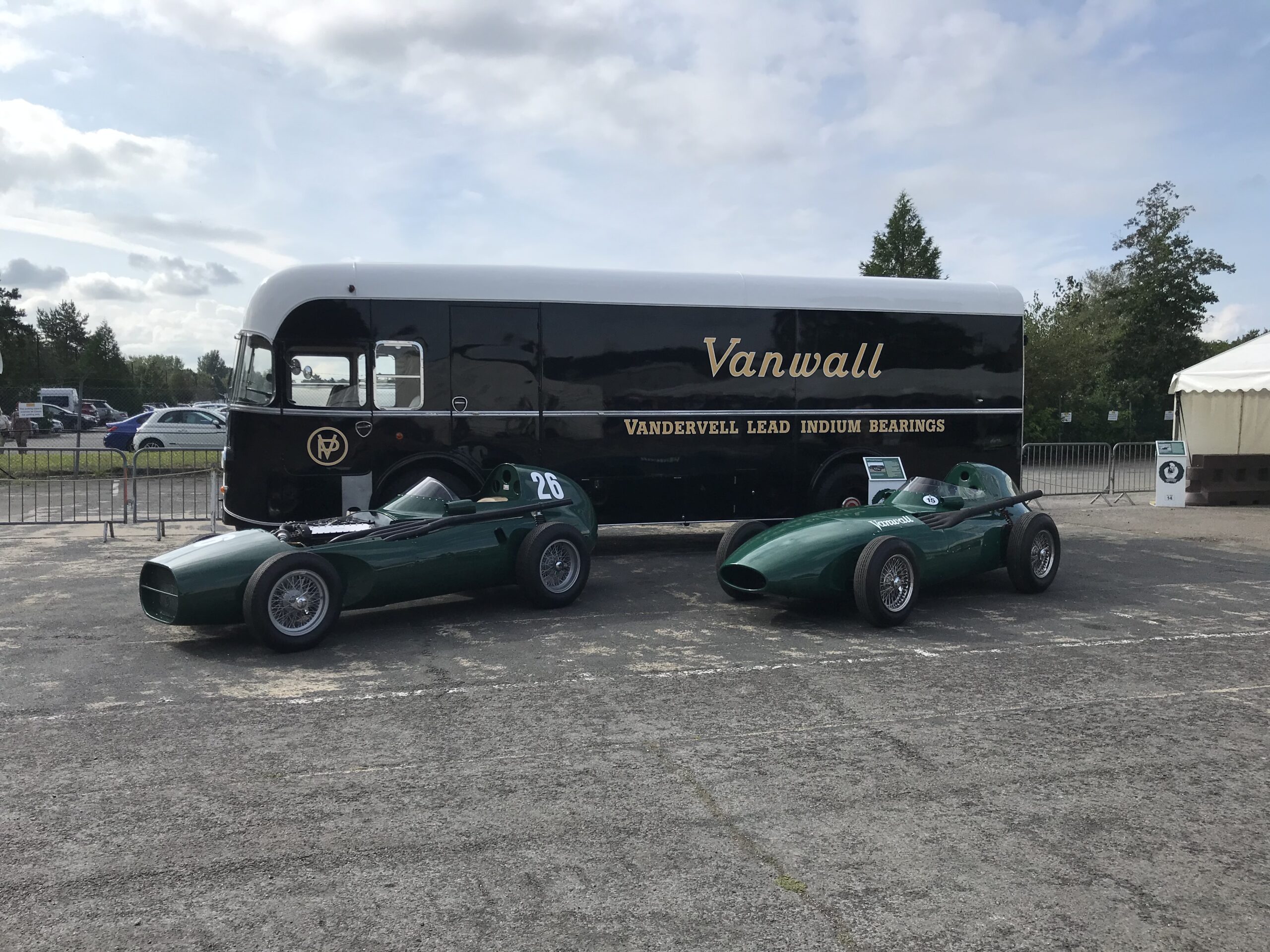
“I found the engine surprisingly smooth for a 4 cylinder, power comes in noticeably at 6000 rpm. This engine combines the best of both worlds, a lot of pull at the bottom end yet a willingness to rev at the top”. He goes on to add “The Vanwall repays neatness and tidiness and although the 250F was better handling the Vanwall was more powerful, more aerodynamic”. “It may have lost a bit on slow circuits, it was better on fast ones”. “In my limited experience I found it superbly enjoyable”.
The legendary Tony Brooks was also mostly complimentary, his book title, Poetry in Motion’ to me always says more about his driving in the title than the next 10,000 words. Tony had some amazing battles in the Vanwall and despite his being very tall and the relatively high seat position atop the gearbox he said the cockpit was well protected “ It was nice not to be buffeted around, not to have the wind get under your helmet peak and try to rip it off, it helped concentration”.
In more recent times Rick Hall of Hall & Hall has often driven a Vanwall and to this day loves it for the sheer exhilaration and seat of the pants fun such race cars provide
“ To floor it from the off, get the tyres warmed up and working there’s nothing else this side of you know what like it! Into a long corner and get her gently understeering and then into a glorious 4 wheel drift the Vanwall makes your heart sing. Yes, so do some Ferraris and Maseratis, but the Vanwall is green with the amazing provenance, it adds that little extra.“
Few outside of the single seater maestros have driven a Vanwall. An exception is Sir Patrick Stewart of Star Trek and so much more fame. He said after driving a 1958 car at the old Aintree circuit “ The Vanwall beats ‘Starship Enterprise’ any day!”. The highest of praise one might say.
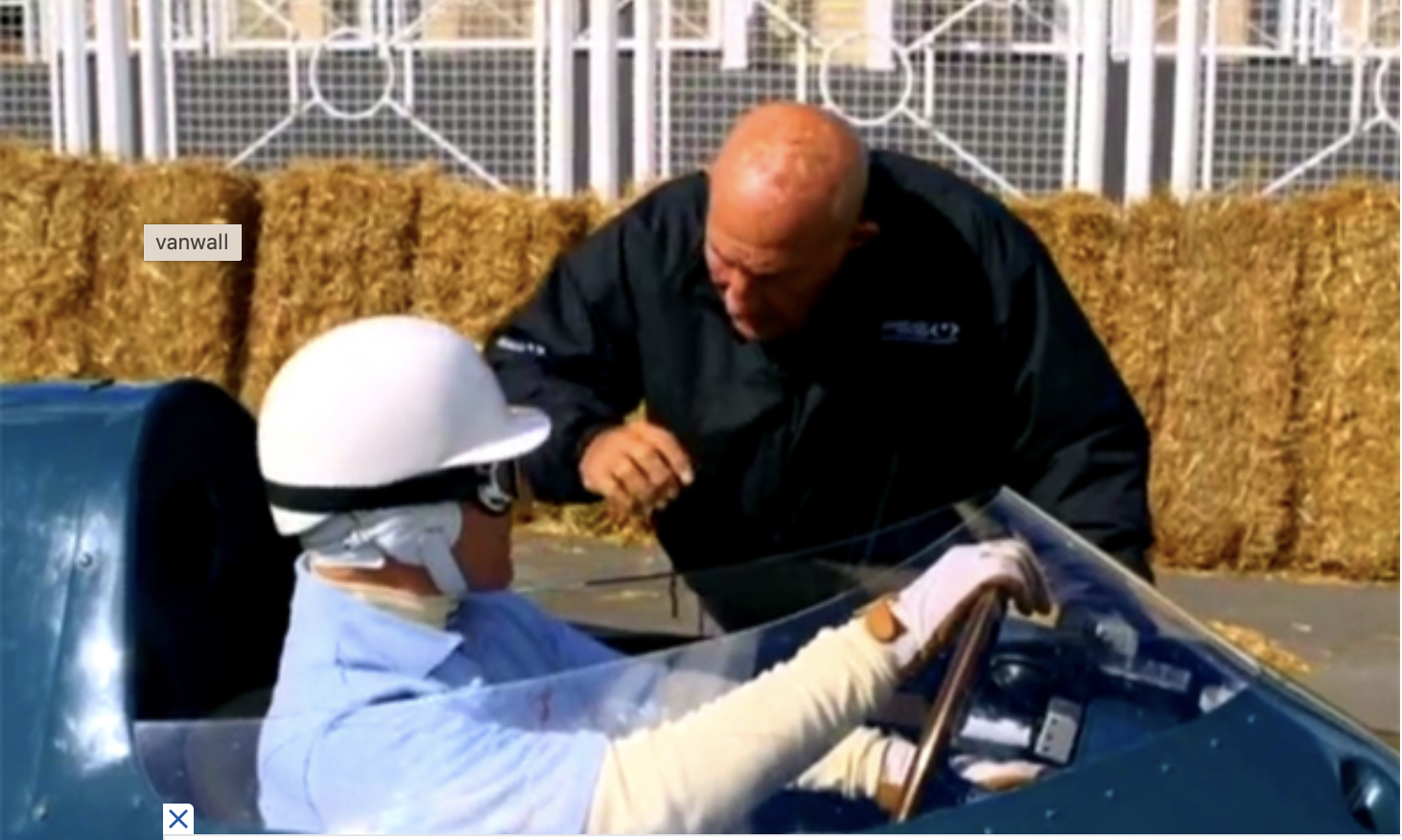
My own Vanwall experience is limited to the 1958 replica we finished in the UK in Summer 2016. The fabulous sound-track, the extraordinary drivers view in an open wheel car and that unique through the seat engagement are hard to replicate in anything else.
I drove it on several occasions in Summer of 2016 and couldn’t wait for the next outing, every second was an adventure. As much fun as a fast motorbike with less of the danger.
The Vanwall experience is very special which is why we’re bringing it back where it belongs, to the race tracks. They take many 000’s of hours to build but will forever make your heart sing, there’s simply nothing like it. To find out more please visit us, the official UK and EU trademark owners at www.vanwallgroup.com we look forwards to talking with you.

Last words go to the amazing Doug Nye book we inspired PorterPress to publish in 2021. There’s only a few left, make sure your collection has the book of the car that changed Britain from F1 losers to perennial winners.




